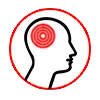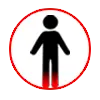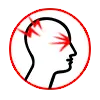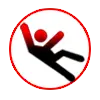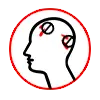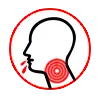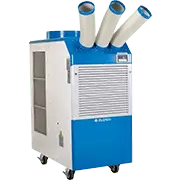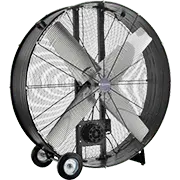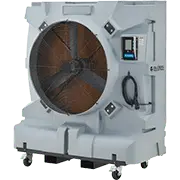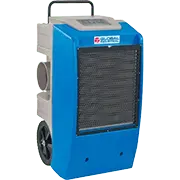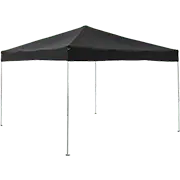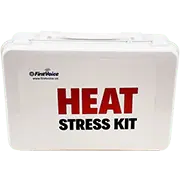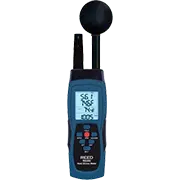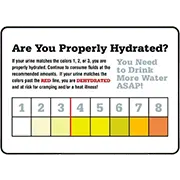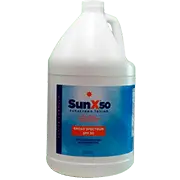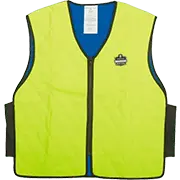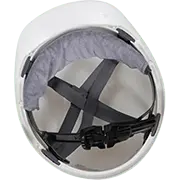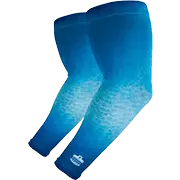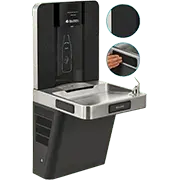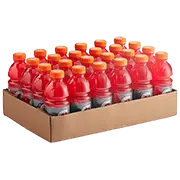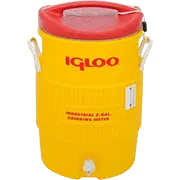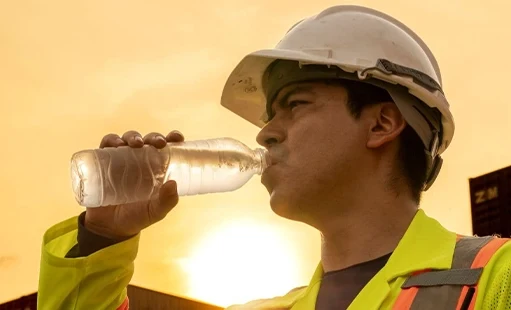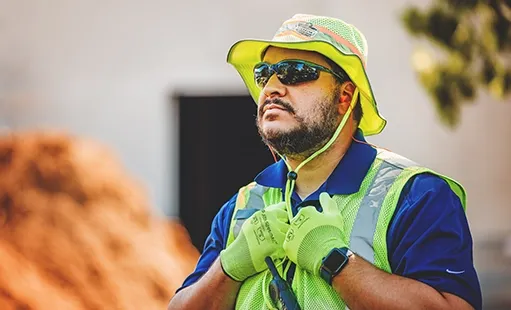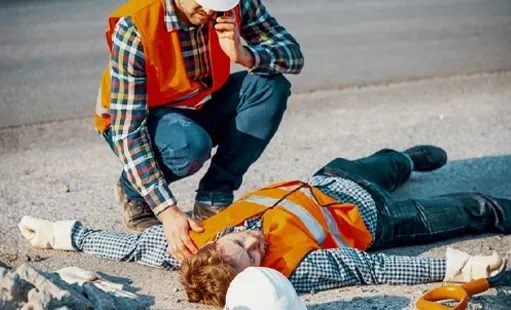Why Heat Stress Prevention Matters
Heat stress prevention is critical in protecting workers who perform tasks in high-temperature environments such as construction sites, landscaping, warehouses, manufacturing plants, commercial kitchens, and outdoor facilities. Prolonged exposure to heat can lead to serious health risks including heat exhaustion, heat stroke, and dehydration—conditions that can impact productivity, safety, and even result in medical emergencies. Implementing heat stress prevention strategies, such as using cooling PPE, hydration stations, ventilation systems, and following OSHA heat safety guidelines, helps reduce risk, support compliance, and ensure worker well-being in hot working conditions.
Normal Fluid Daily Intake:
3.7Ltr.Men
2.7Ltr.Women
Extreme Heat Fluid Daily Intake:
11Ltr.Men
8Ltr.Women

Heat Safety
Stay cool, safe, and productive with top-rated heat safety products designed for demanding work environments. From cooling fans, ACs, & shade canopies to bulk sunscreen & heat-stress first aid kits, these essentials help reduce the risk of heat stress and support workplace safety in high-temperature conditions.
10 Tips For Heat Stress Prevention
To stay safe on the job, workers should limit their exposure to extreme heat, direct sunlight, and high humidity whenever possible. In situations where heat exposure is unavoidable, it’s critical to follow these heat stress prevention steps to reduce the risk of heat-related illnesses:
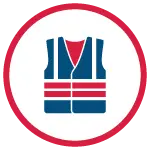
Wear light-colored, loose-fitting, breathable clothing such as cotton.
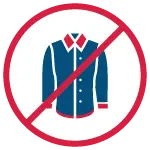
Avoid non-breathing synthetic clothing.
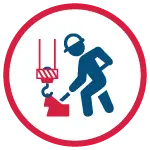
Gradually build up to heavy work.
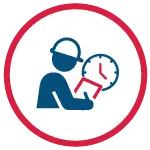
Schedule heavy work during the coolest parts of day.
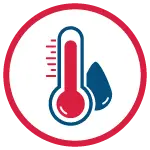
Take more breaks in extreme heat and humidity.
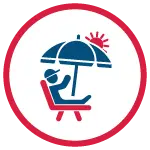
Take breaks in the shade or a cool area when possible.
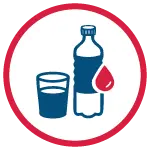
Drink water regularly to stay hydrated—don’t wait until you feel thirsty.
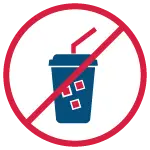
Avoid drinks with caffeine, alcohol, and large amounts of sugar.

Wearing PPE or protective clothing can raise heat stress risk.
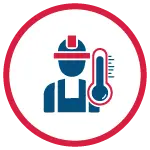
Monitor your physical condition and that of your coworkers.
Cooling PPE & Apparel
Keep workers protected in hot environments with cooling PPE and apparel designed to mitigate heat exposure and combat heat stress. Browse cooling vests, neck wraps, hard hat liners, and moisture-wicking gear that help regulate body temperature and improve comfort during high-heat tasks.
Hydration Solutions
Stay safe and prevent dehydration with reliable hydration solutions for hot and humid work environments. Explore water coolers, hydration packs, and electrolyte beverages that help maintain fluid levels and reduce the risk of heat-related illnesses on the job.
Heat Prevention Guidelines
Protecting workers from heat-related hazards is critical in any industrial or commercial environment. Our Heat Prevention Guidelines provide practical tips and resources to help you create a safer workplace during hot weather. Explore expert articles from our Knowledge Center alongside trusted recommendations from agencies like OSHA and the CDC to stay compliant and keep your team healthy, productive, and protected.
Frequently Asked Questions
Have a Question about Heat Stress? Our experts might already have the answers.
